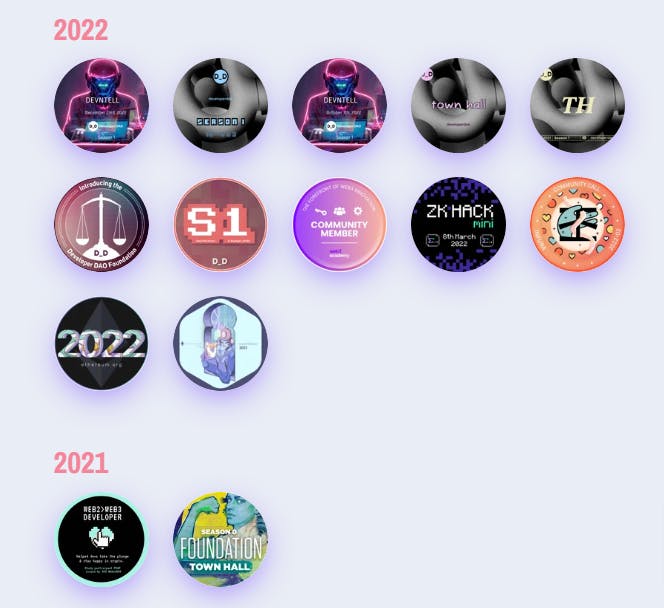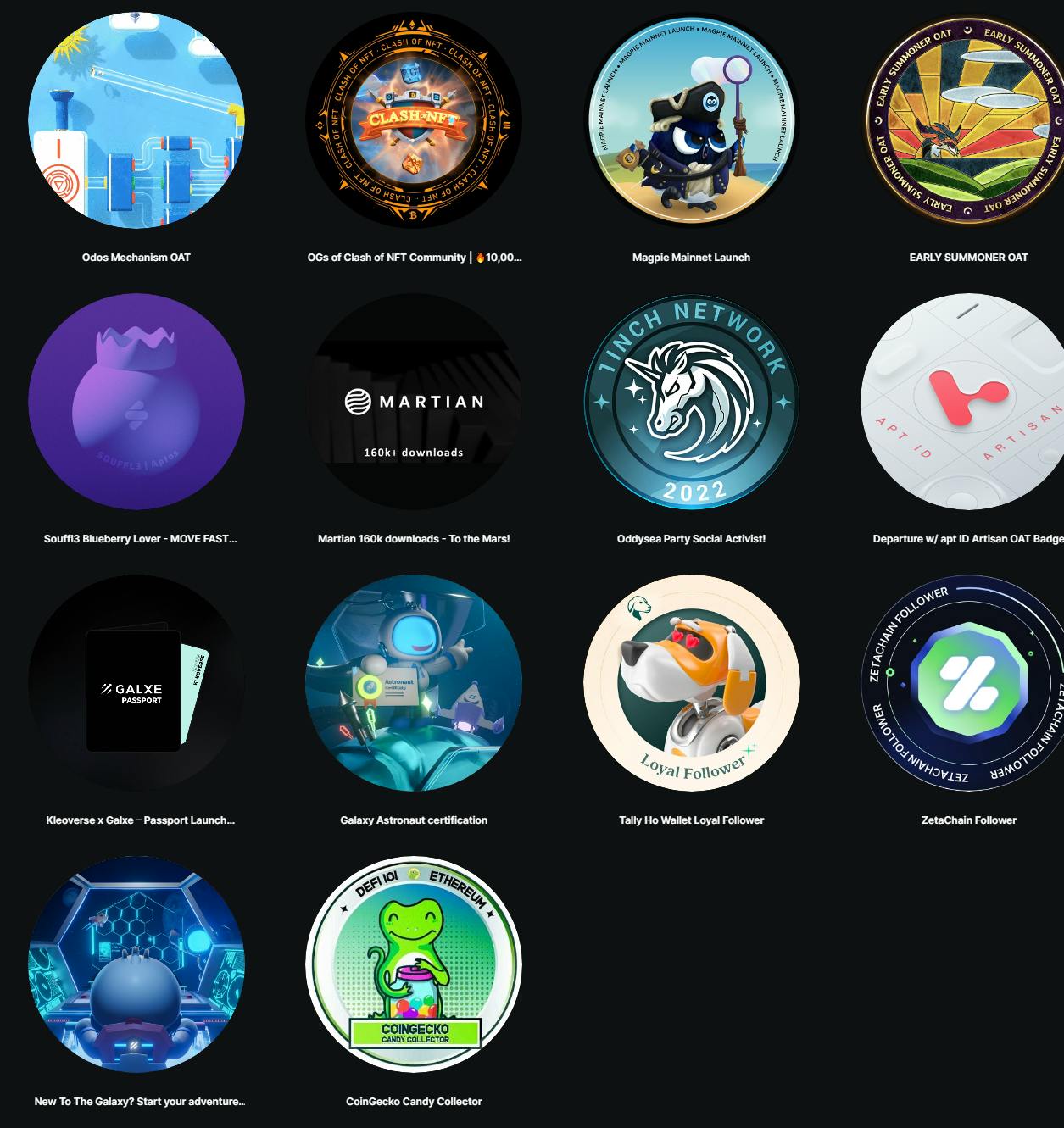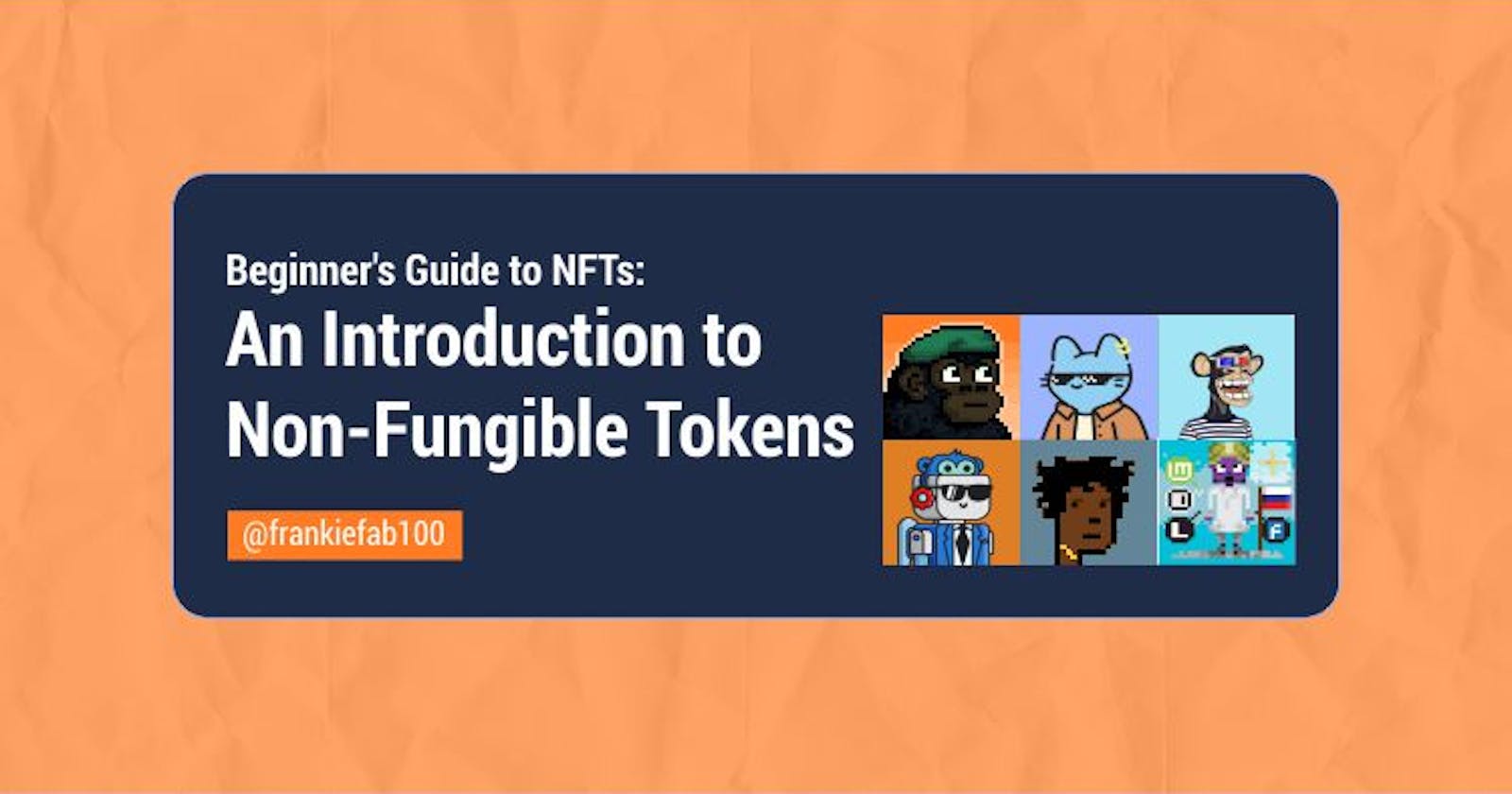Beginner's Guide to NFTs: An Introduction to Non-Fungible Tokens
Discover the world of NFTs in this beginner's guide. Get ready to dive into the exciting realm of digital art and blockchain technology.
From virtual assets to real estate and artworks, NFTs bring proof of ownership and scarcity to the digital realm, each possessing a unique trait or attribute. Enthusiasts from all walks of life find themselves captivated by NFTs, whether their interest is fueled by celebrity ownership, trends, or investment potential.
Whether you're a curious beginner or an aspiring collector, this guide will equip you with the knowledge and insights to navigate the fascinating world of non-fungible tokens. Let's dig in!
What is a non-fungible token?
A non-fungible token (NFT) is proof of ownership of digital assets stored on a blockchain network. They are unique, irreplaceable, usually limited in quantity, and cannot be directly exchanged for one another.
It is a token used to reflect ownership of unique assets, both digital and non-digital. For example, collectibles, virtual real estate, artwork, gaming, audio, a domain name, a profile photo, and digital credentials. The record of ownership of an NFT can't be modified because the information is distinguishable from others and verifiable on the blockchain public ledger.
Now that we understand the concept of NFTs, let's talk about other examples of NFTs existing today.
Soulbound Tokens (SBTs)
SBTs are non-transferable NFTs used to represent a person's achievement, history, status, or reputation. It is a form of recognition for a valuable contribution and can be used to track social provenance. It represents a user's on-chain or off-chain information, where the holder's wallet is the soul and the token held by the owner is SBT.
It creates a verifiable on-chain means to build a reputation based on trust and not necessarily an exchange of value. It is suitable for the issuance of identities, credentials, and certificates.
Proof of Attendance Protocol (POAP)
Proof of Attendance Protocol is a type of NFT issued to show you attended an in-person or virtual event.

On-Chain Achievement Tokens (OATs)
On-chain achievement tokens, popularly known as Galxe OATs, are a form of NFT badge distributed to communities as a record of off-chain participation and experiences. The aim is to reward community members.

Common Attributes of NFTs
1. Utility: NFTs can offer value to holders, such as exclusive access to events with other members or holders, or they can be traded for profit. The original creator of an NFT can earn royalties each time an item from the collection is sold or resold, or they can launch an NFT collection as a way to raise funds for a project.
2. Community: NFTs bring like-minded people together as a culture, and build relationships between brands, creators, and their audience. Showing off an NFT as an avatar on social media reflects one's community.
3. Storytelling: NFTs often have a background story and inspiration behind them. The metadata of an NFT collection, such as skin tone, and background color, has unique properties and tells a story.
Use cases of NFTs
NFTs are popularly used as profile photos to reflect one's community.
It can grant exclusive access to In Real Life (IRL) events, member-only merchandise, rewards in the form of airdrops, and other special benefits depending on its presumed utility.
It offers a novel way for creators to connect and engage with their fans while providing long-term value and utility.
Top brands employ NFTs to strengthen or build communities and attract new customers.
It gives creators absolute and full ownership of their content and subscribers.
IP-NFT is an NFT popular in decentralized science that represents the intellectual property of biomedical and scientific research.
It can be used to promote charitable events or raise funds.
It can be used to tokenize physical and real-world assets, such as real estate property, as collateral or virtual assets in the metaverse.
Conclusion
Non-fungible tokens (NFTs) have emerged as a revolutionary concept in the digital realm, granting ownership of unique digital items such as artwork, videos, songs, and more. With their attribute-based diversity and speculative market, NFTs offer not only rights but also investment potential. They have the power to digitize significant events, serving as valuable memorabilia and representing both tangible and intangible assets.
Looking ahead, NFTs are poised to disrupt various industries, including real estate, events management, e-commerce, supply chain, insurance, identity management, and intellectual property.
If you liked this article, subscribe to my blog, where I share web3, open source, and web development content. And if you want to connect with me, you can find me on Twitter and LinkedIn.

